In 10-15% of nursing mothers from the first days of applying the baby to the breast, mechanical damage to the nipples is detected. Abrasions and cracks in the nipples during breastfeeding occur frequently and can become a serious problem in feeding the baby.
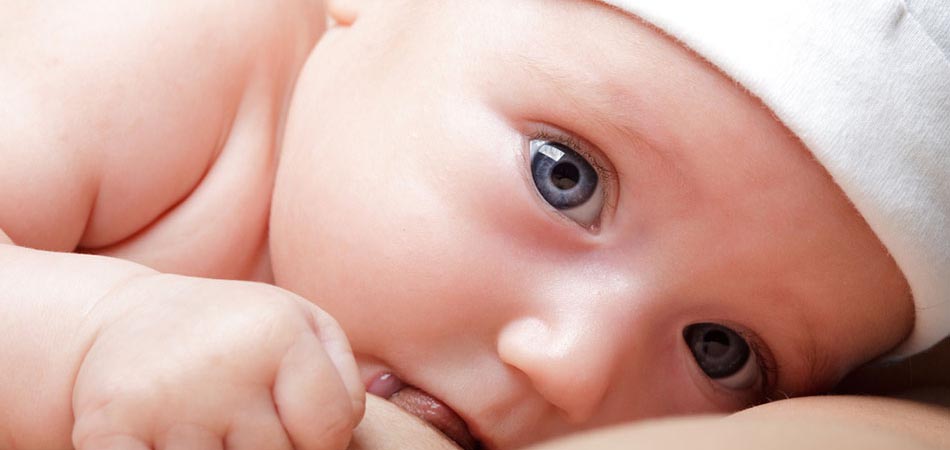
How to feed a baby with cracks in the nipples
What affects cracking? The reasons may be different:
- the shape of the nipples (flattened underdeveloped nipples);
- tenderness of the skin on the nipples;
- thrush in the mouth of a newborn;
- weak excitability of the nipple during feeding;
- lack of adequate hygienic care for the nipples. Violation of water and fat skin balance, which contributes to inadequate skin care for the nipples, frequent washing of the breast, the use of funds for the chest, which greatly dry the skin;
- the inability of the mother to correctly attach the baby to the chest;
- mom takes the breast while the baby is sucking;
- incorrect decantation;
- lack of vitamins in the female body (hypovitaminosis).
Cracks are:
- single or multiple;
- superficial or deep;
- on one nipple or both at once.
Even primiparous women easily recognize cracks in the nipples by their typical appearance. Externally, the crack is similar to a cut that starts from the center of the nipple and goes to its periphery.
They can be multiple or single, only on 1 breast or on both, superficial or deep. From the fissure, a sacrum, and even blood, can stand out.
Any touch on such a nipple causes pain, and the baby’s attempts to suckle her chest are very painful. The expressed soreness of the damaged skin is characteristic, intensifying during feeding and often forcing mothers to stop feeding. If the infection joins, both bacterial and fungal, mastitis or inflammation of the nipples with purulent discharge, the formation of erosion, ulcers, redness of the skin in the area of inflammation can develop.
If the infection gets into cracks, then swelling, redness develops and erosion or ulcers form. The formation of cracks accompanies pain, aggravated by sucking. This forces the woman to refuse to feed and may eventually lead to the cessation of lactation. An infection in a crack often leads to to the development of mastitis.
Should feeding cease during cracks?
- If the cracks are small, then breastfeeding should be continued. You can try using special silicone nipple pad made of silicone or latex (Avent, Medela Contact, Lindo, Chicco, Nuk, Conpol, Pigeon, Tommee Tippee, etc.). It separates the baby’s lips and the nipple, which reduces pain and the possibility of injury to the chest.In this case, it is important to choose the correct size of the lining for the length of the nipple. But if the cracks are strong, bleed, even the linings may not help;
- In the treatment of deep fissures, breastfeeding can be temporarily suspended. Empty the breast by gentle gentle pumping and feed the baby from a spoon or pipette with expressed milk. When the cracks heal, breastfeeding is resumed.
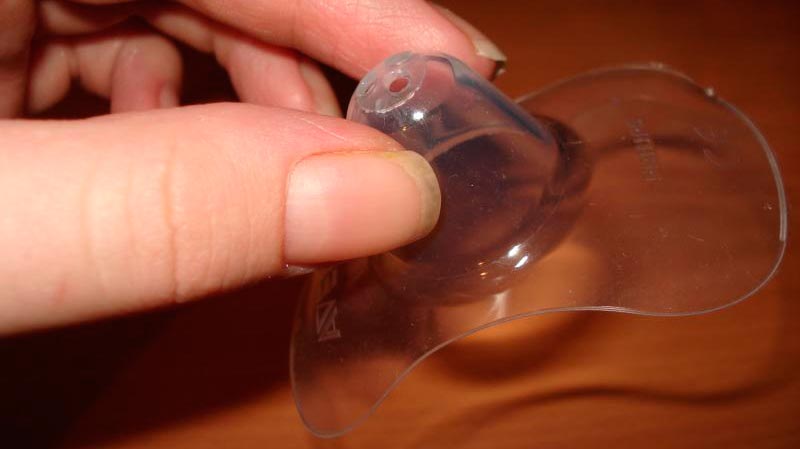
Crack treatment
Before starting treatment for cracks in the nipples, it is necessary to find out the cause of their occurrence. As long as conditions remain for trauma to the breast, treatment techniques will be ineffective.
- Correct capture. Make sure the baby is grabbing the chest correctly. Even if the nipple is damaged, feeding with the right grip does not cause pain.
- Get rid of the infection. A doctor can prescribe treatment. There are drugs compatible with breastfeeding, including antifungal and antibiotics.
- Ensure proper hygiene. Do not wash your skin with water before each feeding. When leaking milk, change the pads as often as possible to prevent the creation of a warm and humid environment in which pathogenic microorganisms actively multiply. A diagnosed thrush will require washing the breast with clean water after each feeding and keeping it dry. It is not allowed to lubricate the affected areas with iodine, brilliant green, treated with alcohol.
- Change habits, expressing techniques. If your actions are the cause of injuries, treat your chest more carefully.
- Get rid of breast substitutes. Do not feed from the bottle, as this inhibits lactation, do not offer the baby a pacifier.
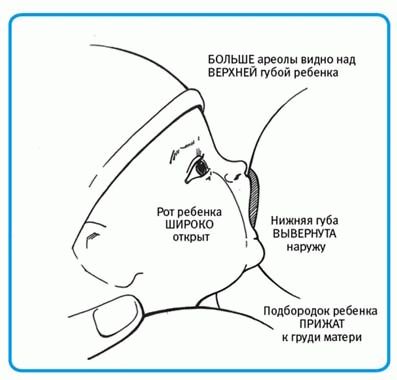
Shallow cracks
They develop in the first days of breastfeeding or in violation of the application technique. Manifested by severe discomfort at the beginning of sucking, which quickly passes during feeding. Visible on the surface of the nipple: manifested by reddened areas or burning.
Shallow cracks can progress, so they cannot be ignored. A combined treatment approach is recommended.
- Your milk. After feeding, apply a little breast milk to the cracks and leave to dry. It is the perfect prevention against skin inflammations.
- Cream for cracks in the nipples with lanolin. When breastfeeding, you can use both pure lanolin (Medela, Lansino), and products based on it. Lanolin is a natural substance, so you do not need to wash it off before feeding. It creates an invisible film on the surface of the skin, reduces pain and promotes healing.
- Folk remedies. A mixture of vaseline and rosehip oil mixed in a 2: 1 ratio will help remove cracks in the nipples when breastfeeding. Apply it after feeding, cover with a napkin and a plastic bag, put on a towel or put on a bra. Before feeding, remove the mixture, wash the breast with warm water.
Timely treatment started allows you to get rid of painful cracks quickly - within two to three days.
Deep damage
For severe wounds, pharmacy products based on lanolin, panthenol, natural antiseptics, and wound healing preparations should be used.
- Healing agent for cracks in the nipples. Recommended for breastfeeding drugs "Bepanten", "Solcoseryl" in the form of ointment and gel. "Solcoseryl" ointment has a surface effect, the gel form penetrates deeper, so it can be laid directly inside the crack. Additionally, you can use drugs based on lanolin Purelan, Lansino.
- Natural antiseptics. Use sea buckthorn oil, calendula, which have anti-inflammatory and wound healing effects. After skin treatment, wash them off with your milk.
All preparations for the healing of deep wounds must be washed off before feeding. This should be done with warm water without soap.
Folk remedies for cracks
Many remedies for the treatment of cracks in the nipples offer traditional medicine.You can use these funds after consulting a doctor, but do not self-medicate.
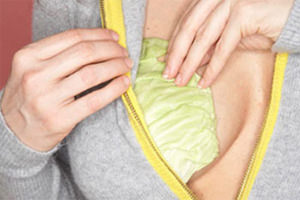 Applying a cabbage leaf to the chest, you can relieve swelling and inflammation. Cabbage has a good healing property;
Applying a cabbage leaf to the chest, you can relieve swelling and inflammation. Cabbage has a good healing property;- In the period between feeding, it is recommended to lubricate the nipples with butter or vegetable oil, which is washed off just before feeding;
- Sea buckthorn oil has a good healing effect. They lubricate the nipples between feedings;
- From cracks in the nipples, rubbing the nipples with a decoction of chamomile or birch leaves helps. To prepare the broth, you need to take 1-2 tbsp. tablespoons of raw materials and cook in half a liter of water over low heat under a lid, until half the water evaporates. Then strain the broth, cool and, wetting a clean napkin, apply to the chest;
- From cracks in the nipples, grated beets help. On a fine grater, grate 1 red beet and put gruel from it to the chest. It needs to be changed up to 15 times a day after drying.
Preparations
- Among the most effective and common drugs for nipple cracks, modern medicine prefers ointments and creams, consisting ofdexapanthenol.
- Bepanten - cream and ointment against cracks, contributing to the rapid healing of cracks in the nipples. Ointment should lubricate cracks at the end of each feeding.
- Adequate Vitamin B is included in the sprayPanthenol. The drug is sprayed at the end of each breastfeeding in the area of cracks at a distance of ten to twenty centimeters.
- Perfectly protect the skin from drying out and make it strong and elastic with clean Lanolin. After each feeding, lanolin creams must be applied with massaging movements on the affected skin.
- For the treatment of cracked nipples, a medicinal gel is suitable Kornegregel. It should also be applied to the breast after each feeding.
- Ointment We see - An effective drug for nipple cracks.
- Excellent healing effect gives use sea buckthorn oil.
- For cases when the cracks are deep, you can use drugs avent, actovegin or solcoseryl.
Do not forget that the best way to treat cracks in the nipples is breast milk. After feeding, the breast should be washed with warm water, and then, after decanting a few drops of milk, rub the areola on the skin and leave to dry.
IMPORTANT TO REMEMBER, that with an increase in temperature and suppuration of cracks, it is urgent to seek help from a doctor!
Feeding technique
Breastfeeding with cracks in the nipples causes burning pain. And the larger the area of damage, the more acute the woman experiences discomfort.
HS consultants recommend the following feeding technique for breast injuries.
 Take a break. If one mammary gland is badly damaged, temporarily interrupt feeding from it. Take a short break of 6-12 hours to allow the tissues to tighten. If you feel full, express it with your hands.
Take a break. If one mammary gland is badly damaged, temporarily interrupt feeding from it. Take a short break of 6-12 hours to allow the tissues to tighten. If you feel full, express it with your hands.- Start feeding from a less painful breast. If you give both breasts in one feeding, start with a healthy one. When the baby is hungry, he sucks more actively, which can injure the damaged nipple even more.
- Feed more often. Although sucking is currently painful for you, do not take long breaks between feedings. A hungry baby sucks more actively. If the baby is not hungry, the effect on the mammary gland is more accurate, and injuries heal faster.
- Ventilate the chest. Try to wear loose clothing made from natural fabrics to ensure normal air exchange. If possible, stay longer without a bra, this will speed recovery.
- Use linings. They will become a lifesaver in the presence of severe damage. Apply a cream with lanolin under them and put on while feeding. When the wounds heal, discontinue use.
Prevention
- Proper breast care. It is not necessary to use soap before each feeding. This can cause the skin to dry out, causing nipple cracks to form. It is enough to take a daily hygienic shower.For breast, you can use a liquid pH-neutral soap. After a shower, gently pat the breasts with a soft cloth (do not rub it with a towel). After feeding, let the nipple dry. Do not wipe with a napkin or towel, and do not wash off the remaining milk from the nipple. Drying, it is absorbed and restores the water-fat balance of the skin of the nipple. Breastfeeding rules.
- For bras, you can use special pads. They absorb drops of allocated milk and protect the nipple from contact with moisture.
- Compliance with a rational feeding regimen. In the early days of breastfeeding, a small amount of colostrum is released from the chest. The baby's nutritional needs are small. Therefore, feeding during this period lasts about 10 minutes. Actively sucking the newborn during this time receives the necessary amount of colostrum and does not injure the nipple. Subsequently, when milk in the breast arrives, the duration of feeding increases 2-3 times. A positive role in this period is played by feeding the child in a free mode. If the baby is often applied to the chest, he sucks it calmly and saturates faster. In this case, a tender, not yet adapted to constant feeding, nipple is less injured. Do not let your baby use her breasts as a dummy. In rare cases, you can reassure a child by giving him a breast, even if he is not hungry. But do not abuse this measure, especially in the first months of breastfeeding.
- Proper attachment to the chest. If a woman feels acute pain in a healthy nipple when applying a baby, then the baby has incorrectly captured the nipple - not completely. If the baby sucks the upper part of the nipple, then this will certainly lead to injury to the nipple. It is necessary to interrupt the feeding. You can gently pick up the nipple by pushing it with your finger so that the child gets air in his mouth. Then you need to give the nipple so that most of the areola gets into the child's mouth. To do this, slide your index finger over the baby’s cheek, he will open his mouth, with the other hand, holding the nipple with your index and thumb horizontally, insert the nipple into the baby’s mouth. We read an article about how to apply the baby to the chest.
- Vitamin Therapy. In order to prevent hypovitaminosis, women need regular intake of multivitamin complexes for nursing mothers. It promotes a normal metabolism in the skin, which makes it resistant to damage and capable of quick healing. The intake of multivitamins must be started during pregnancy.
Adhering to the recommendations on feeding techniques and hygiene of the mammary glands, you can avoid troubles in the form of cracks in the nipples. Breastfeeding should be for a woman a source of only positive emotions.
More on the topic of breastfeeding:

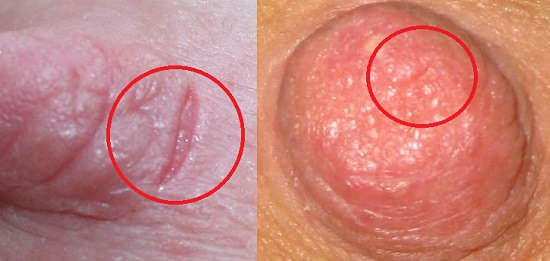



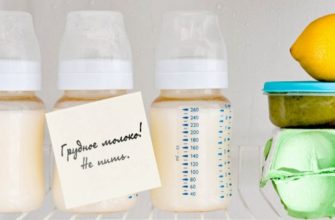
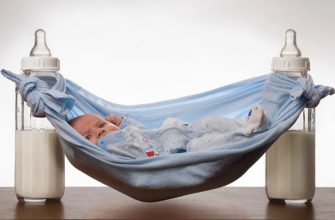



If the chest grip is deep, the chest is not injured every time it is sucked, and the crack heals. If a child’s shallow or short bridle, then the opposite is true - the crack increases.
My niece recently gave birth. She tried to feed the baby so that cracks appeared almost immediately. I tried several ointments. In the end, I settled on visibility. The cracks healed quickly. The drug is harmless to the child. The main component is vitamin A, which has the property of rapid skin regeneration.
I also liked this ointment. When I was feeding, I smeared it with alternately smearing the nipple with milk, and very quickly the chest recovered and the pains during feeding were gone. Then she treated her hands with this ointment, she was grateful to her))
In the maternity hospital they advised bepanten from cracks - it didn’t help at all!
I also used it at the beginning - initially my lips, so that they would not crack in the cold. Then, when feeding, I was very glad that you can smear it with little children!
Ardo, by the way, has a protective pad on the nipple and a special lanolin cream ...
They work great in tandem!